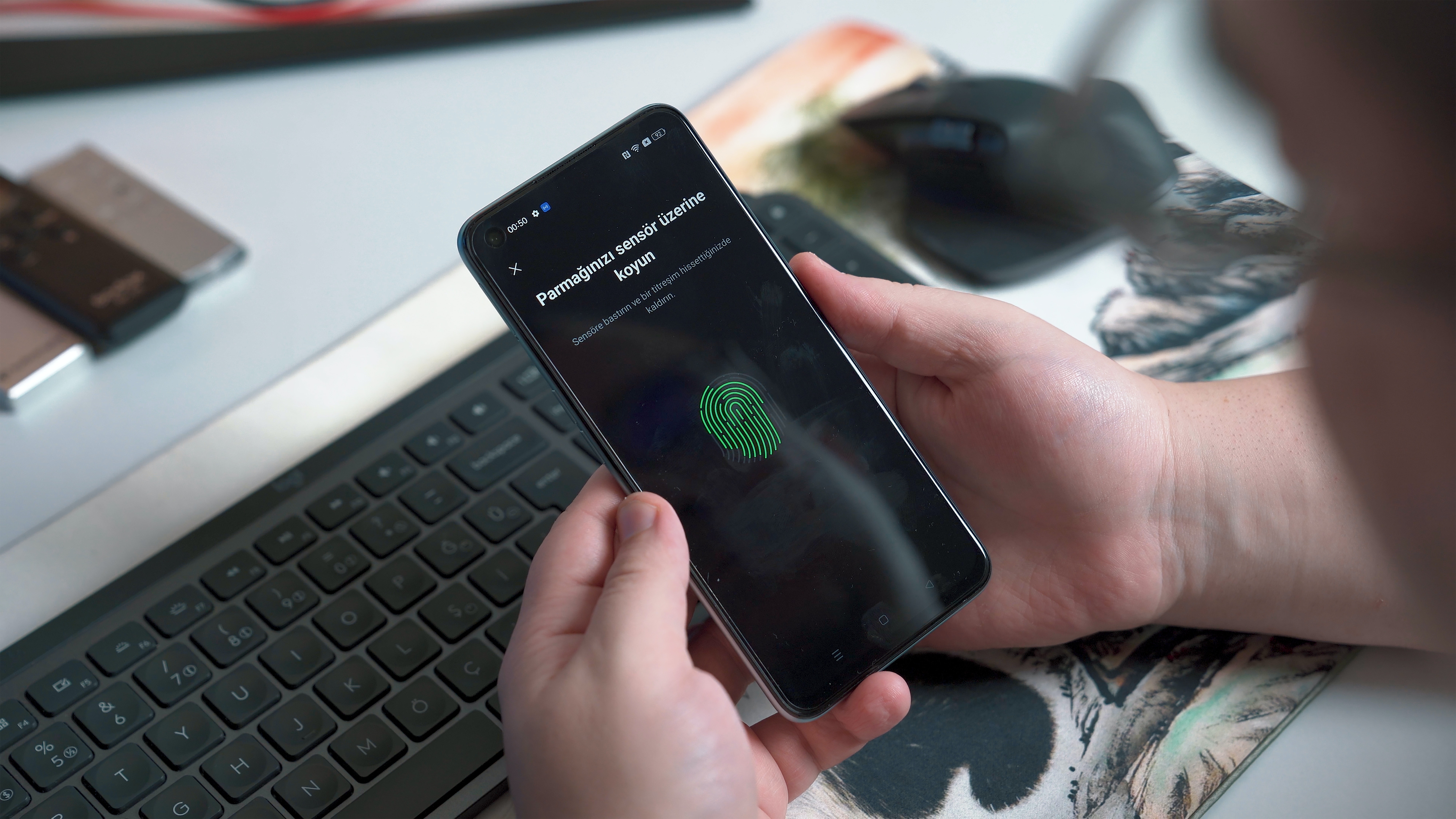
Biometric Authentication: Definition, Types of Methods, Use Cases
What is Biometric Authentication?
Biometric authentication is a security process based on the technology of recognizing a person's identity through their biological characteristics. The uniqueness of these characteristics allows to confirm whether a person is the same user they claim to be. The person's biometric data is loaded into a database and is considered the reference data. Then, when requesting access to an information resource, the biometric authentication system takes the user's entered data and compares it with the reference data stored in the database. If the data matches, the authentication is considered successful, confirmed, and the user is granted access to the resource.
Biometric authentication can be used to control both physical access to objects (buildings or individual rooms) and to grant access to various information resources (systems, applications, databases, etc.).
Biometric authentication improves security because it is difficult to forge a person's individual biological parameters. However, it is also very convenient because it is impossible to forget or lose your biometrics.
How Biometric Authentication Works
Biometric authentication has become very common in corporate security environments. In addition to enhancing security, the development of this technology is primarily driven by user convenience. In many cases, this solution allows for the complete abandonment of passwords (eliminating the need to remember and store them). Additionally, some biometric methods work without direct contact with a person, such as face recognition or analyzing human gait.
Biometric technology consists of the following components:
A reading device for capturing biometric characteristics.
Software for converting the captured biometric characteristics into a digital format and comparing them with the reference value.
A database for securely storing reference biometric data and the history of authentication processes.
Types of Biometric Authentication Methods

Facial recognition. Facial recognition is a biometric authentication method based on the mathematical mapping of a person's face, with the data stored in the form of a digital model. To verify a user's identity, specialized software captures an image of the user's face during authentication, converts it into a digital format, and compares it to a stored reference model in the database. The software analyzes approximately 80 nodal points on the human face, including the shape of the cheekbones, the length and width of the nose, the depth and size of the eye sockets, the distance between them, and more.
Fingerprint recognition. Fingerprint scanners remain the most affordable and widespread devices today. This authentication method is based on comparing the user's fingerprint, obtained when they apply their finger or swipe it across the scanner sensor, with the stored fingerprint template in the system. The template is recorded during the user's credential registration process.
Eye recognition. There are two types of eye recognition: iris recognition and retina recognition. This method scans the colored part of the eye (iris) and focuses on the intricate patterns and textures present there. These patterns are unique to each individual and remain stable throughout life, even after injuries or corneal transplants. Retina recognition is about scanning the blood vessel patterns in the retina at the back of the eye. While highly accurate, it requires specialized equipment and is less commonly used.
Voice recognition. Voice recognition devices can distinguish and identify people using automatic speech recognition programs. Voice recognition systems compare the frequency of the voice, accent, and speech pattern with reference indicators initially entered into the database.
Biometric Authentication Use Cases
Banking and Financial Services
Biometric authentication is utilized in various cases within the banking and financial services sector. For example, biometric authentication plays a crucial role in safeguarding sensitive financial transactions. As banks conduct high-value transactions, they are increasingly adopting biometric verification as an additional layer of security. This ensures that only authorized individuals can initiate these transactions, thereby protecting customers' funds from fraudulent activities.
Travel and Hospitality
The airport experience has undergone a significant transformation with the adoption of biometric authentication. Airlines now leverage facial recognition technology, allowing passengers to breeze through check-in and security checkpoints, eliminating the need for paper boarding passes and physical passports. Travelers simply scan their faces, and their identities are instantly verified, expediting the boarding process and minimizing queues.
Speaking about hospitality, biometric authentication is revolutionizing hotel room access by replacing traditional key cards with secure and convenient fingerprint or facial recognition systems. Guests can simply scan their enrolled biometrics at the door to gain entry, eliminating the need for carrying physical keys or dealing with lost or malfunctioning cards. This enhances security by preventing unauthorized access and streamlines the check-in and check-out process, making it more efficient for both guests and hotel staff.
Healthcare
Biometric authentication can be used in the healthcare sphere in many cases, for example, for medication management and administration, ensuring patient safety and preventing medication errors. It can also be used to safeguard access to patient electronic health records, ensuring that only authorized healthcare providers can access sensitive patient information. Additionally, it can be used to enable remote patient monitoring and care, allowing healthcare providers to remotely monitor patients' vital signs, track adherence to medication schedules, and provide personalized care recommendations.
Conclusion
The potential of biometric authentication is increasing due to the use of neural networks and machine learning. These techniques enhance the accuracy and sophistication of biometric data recognition systems. Over the past decade, machine learning has evolved from a research field into a mature technology that is already being used by leading organizations in various industries. Accordingly, biometric authentication will become widespread, improving the world and establishing an optimal balance between security and convenience.